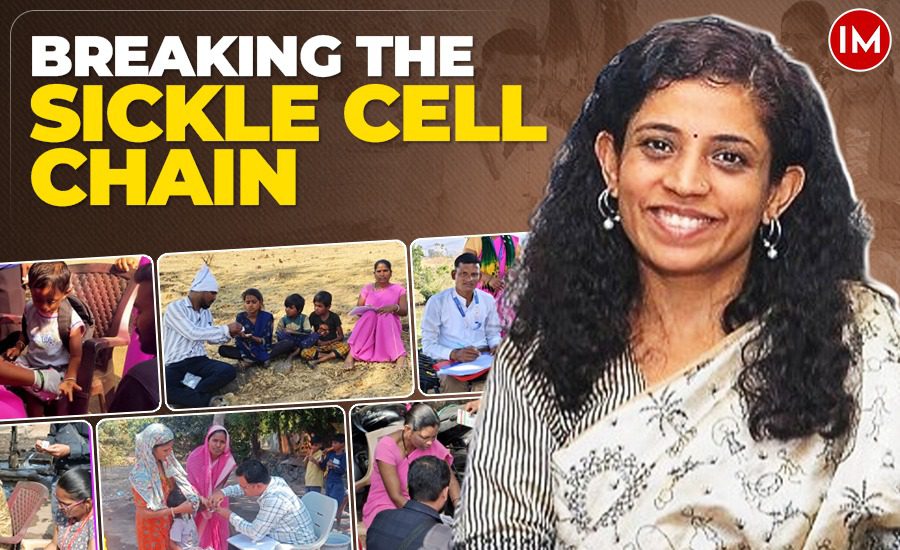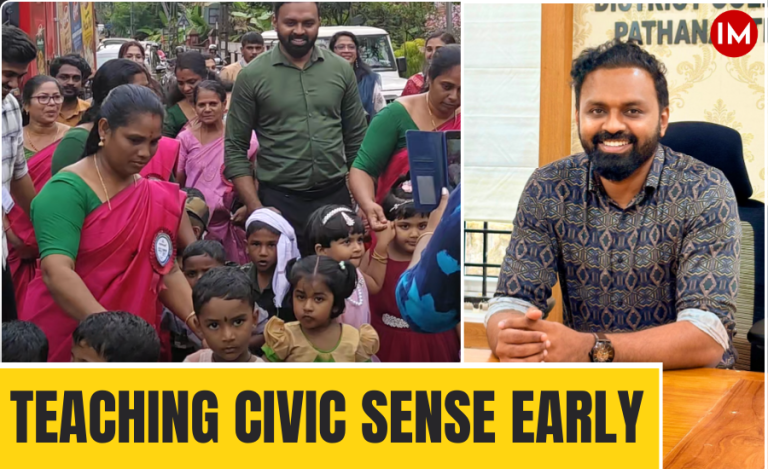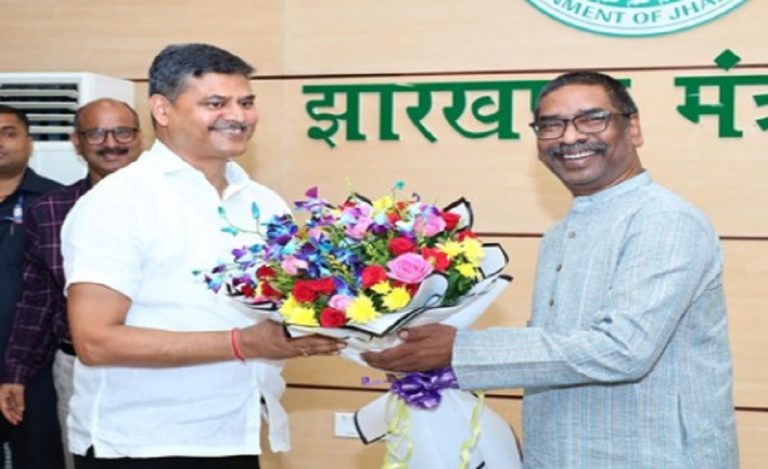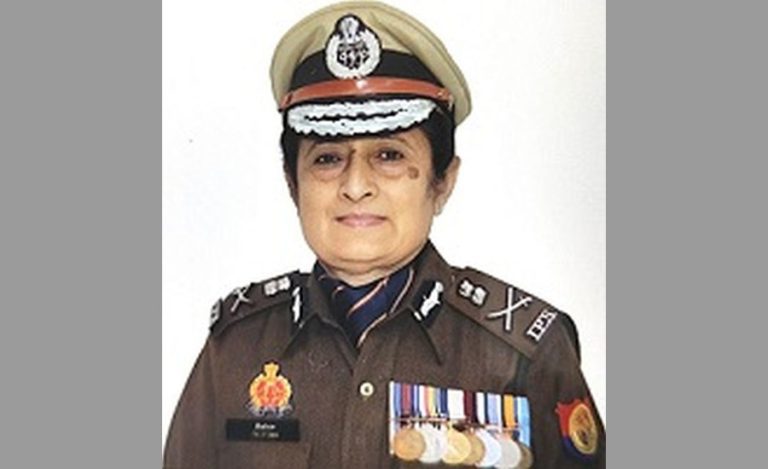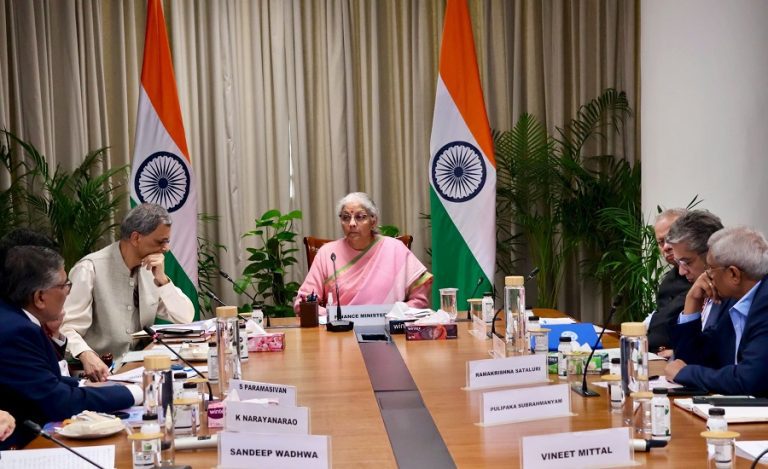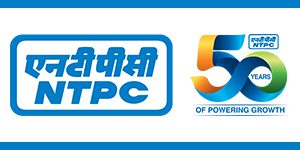Sickle cell anemia is a genetic blood disorder that has been affecting tribal populations in India for generations. Characterised by the rapid breakdown of red blood cells, the disease leads to severe anemia, excruciating pain episodes, and, in severe cases, life-threatening complications like avascular necrosis. In Nandurbar, Maharashtra, a district with a high prevalence of the disease, a large-scale initiative has been launched to identify, treat, and support those affected. Nandurbar is classified as an aspirational district and included in the NITI Aayog’s indicator assessment by the Government of India.
IAS officer Mittali Sethi (2017 batch Maharashtra Cadre), the District Collector of Nandurbar, has spearheaded an ambitious plan to screen the entire district population for sickle cell anemia within two years. The strategy is built on five key pillars: screening and testing, treatment and drug decentralisation, counselling and quality of life improvement, awareness generation, and social security facilitation.

UNDERSTANDING THE GENETIC TRANSMISSION
Sickle cell disease follows a predictable genetic pattern. As IAS Mittali Sethi explains, “If both parents are carriers of the sickle cell gene, there is a 25% chance that their child will be born with the disease. The problem is that carriers show no symptoms, which means they often don’t know they are at risk when they marry another carrier.”
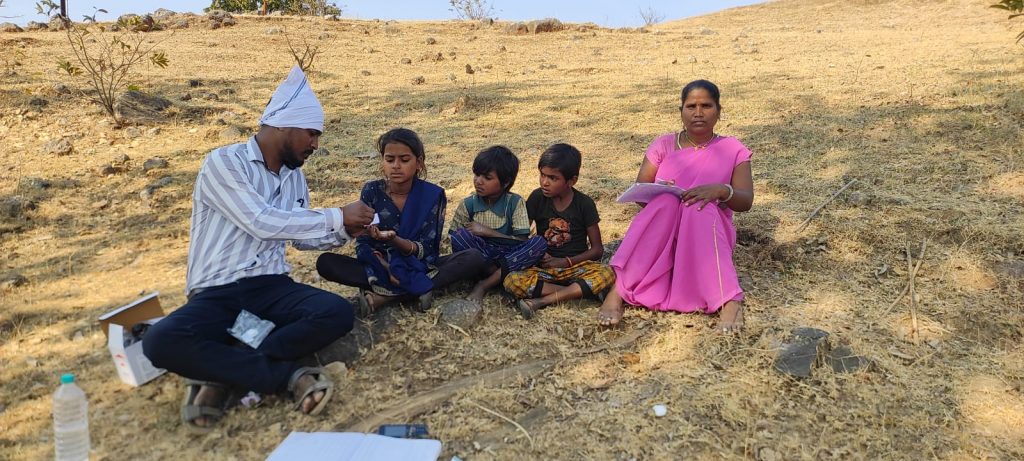
In tribal communities where endogamous marriages are common, the probability of sickle cell carriers marrying each other increases, leading to more children being born with the disease. With Nandurbar’s population ranging between 1.8 to 2 million, epidemiological estimates suggest that at least 17,000 people should be suffering from sickle cell disease. However, only 1,700 patients are officially registered due to a lack of large-scale screening efforts in the past.
THE SHIFT FROM INSTITUTION-BASED TO COMMUNITY-BASED SCREENING
Traditionally, sickle cell testing was conducted in hospitals, with only symptomatic individuals coming forward. However, many carriers and even those with the disease remained undiagnosed as they did not actively seek testing.
To address this, the Government of India introduced a policy mandating sickle cell screening for individuals aged 0-40 years visiting Primary Health Centres (PHCs). This was a step forward, but it still relied on patients visiting healthcare institutions.
Recognising the need for a more proactive approach, the district administration collaborated with the Centre for Cellular and Molecular Biology (CCMB), Hyderabad, to introduce a molecular test for sickle cell screening. This one-step test requires only a small blood sample from the fingertip, which is sent to CCMB for analysis. Each test costs just ₹90, making it a cost-effective solution for mass screening.

“The idea is to bring testing to the people rather than waiting for people to come to us,” Ms. Sethi shared with Indian Masterminds. “We want to ensure that no one remains undiagnosed simply because they couldn’t access a hospital or health centre.”
IMPLEMENTING A COMPREHENSIVE STRATEGY
1. Screening and Testing:
Health workers are conducting door-to-door sample collection in endemic areas.
The district administration has partnered with CCMB for molecular testing, ensuring accurate and large-scale screening.

2. Treatment and Drug Decentralisation:
Hydroxyurea, a medication that helps prevent sickle cell crises, is now being distributed at PHCs.
Medical officers are being trained to administer the drug and manage disease-related complications.
3. Counselling and Quality of Life:
A partnership with PATH and Dr. Yogesh Kalponde from Chhattisgarh has facilitated counsellor training.
Patient support groups have been formed to provide emotional and medical guidance.
Patients are given small diaries to monitor their health status and medication intake.
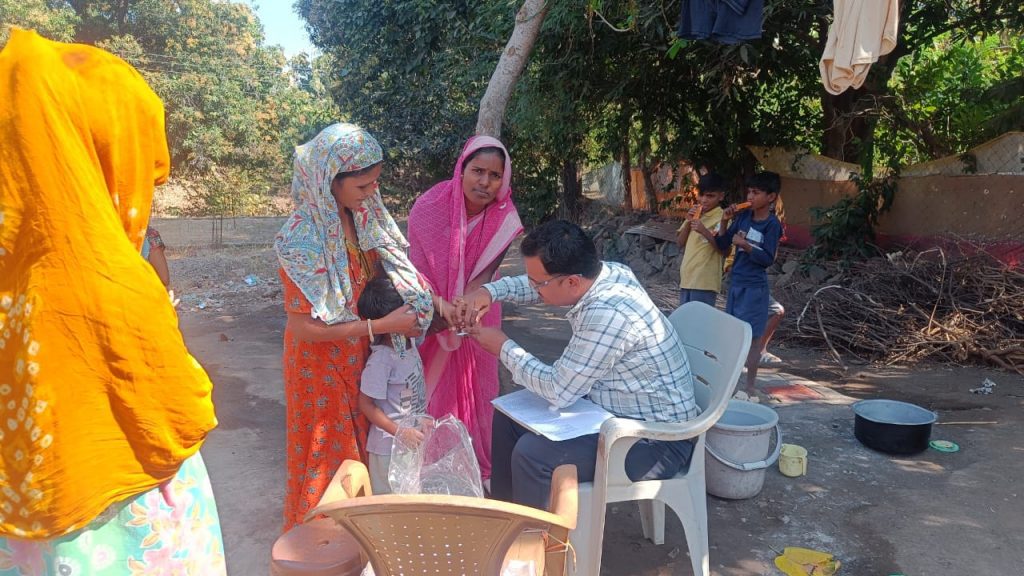
4. Awareness and Information Dissemination:
Plans are underway to launch a YouTube channel in six tribal languages—Bhili, Pawri, Konkani, Ahirani, and others—to spread awareness.
A localisation cell is being established at the Collectorate to create culturally relevant awareness materials.
5. Social Security and Documentation:
Efforts are being made to provide disability certificates to sickle cell patients, enabling them to access a ₹1,500 monthly pension, free bus travel, and free medical treatment.
On Republic Day (January 26), 100 disability certificates were distributed to eligible patients.
SPECIAL FOCUS AREAS
In addition to mass screening, the initiative includes two key interventions:
Pregnant Women Testing: If both parents are found to be carriers, prenatal genetic testing such as amniocentesis or chorionic villus sampling (CVS) is offered to assess the health of the unborn child.
Newborn Screening: Blood samples are collected from newborns on the first day of birth and sent for testing, ensuring early detection and intervention.
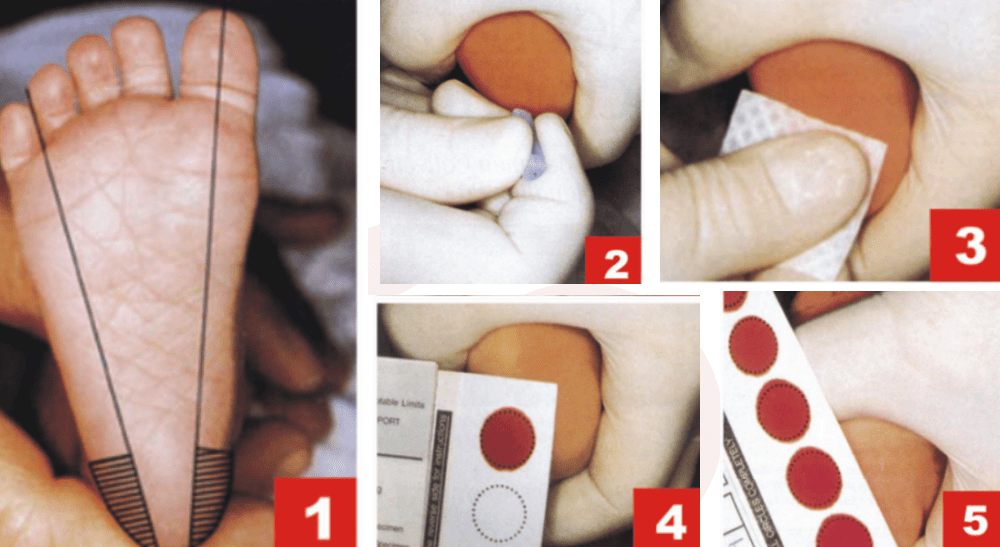
COMMUNITY RESPONSE AND CHALLENGES
The initiative has been well received by the community, with people appreciating the convenience of doorstep testing. “Many families were unaware of their sickle cell status,” says Ms. Sethi. “When they realise that testing is happening in their own village, they are more willing to participate.”
However, the effort is not without challenges. Coordinating multiple stakeholders, ensuring accurate data entry, mobilising the community, and continuously training healthcare workers require consistent effort. To streamline data management, the district administration is integrating this initiative with the e-Suchi digital health census portal, reducing duplication of records.
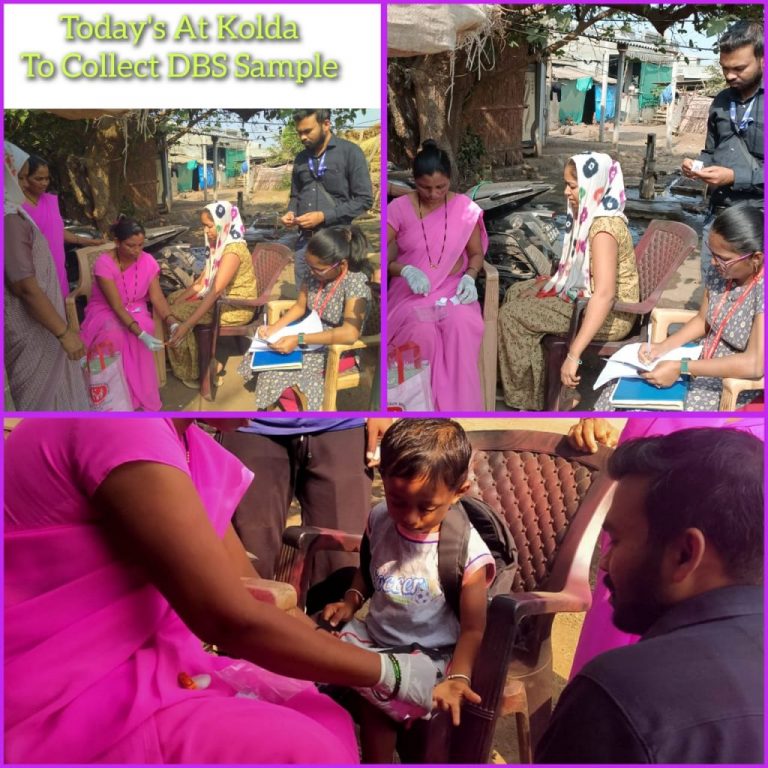
THE ROAD AHEAD
By the end of the two-year timeline, the district aims to:
- Screen the entire population for sickle cell disease.
- Provide treatment to all diagnosed individuals.
- Establish a local PCR-based testing facility within the district.
- Set up a patient support helpline for grievance redressal related to medication availability and healthcare services.
Additionally, there are plans to introduce creative therapy initiatives such as art and theatre workshops for sickle cell patients, drawing inspiration from successful models implemented in Chhattisgarh.
The official launch of the initiative took place on Republic Day after months of pilot testing and groundwork. “This is not just about testing,” Ms. Sethi emphasises. “It’s about creating a system that supports every sickle cell patient throughout their life. We want them to know that they are not alone.”
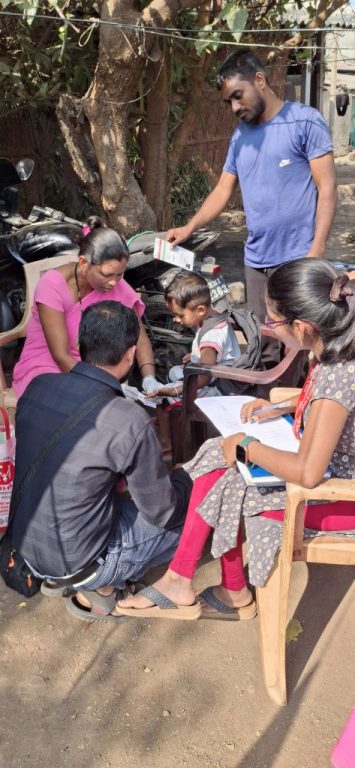
The sickle cell elimination initiative in Nandurbar is a multi-faceted approach that goes beyond medical intervention. By combining scientific advancements, grassroots outreach, policy support, and social security measures, the district is working towards a future where no child is born with sickle cell anemia due to lack of awareness.

